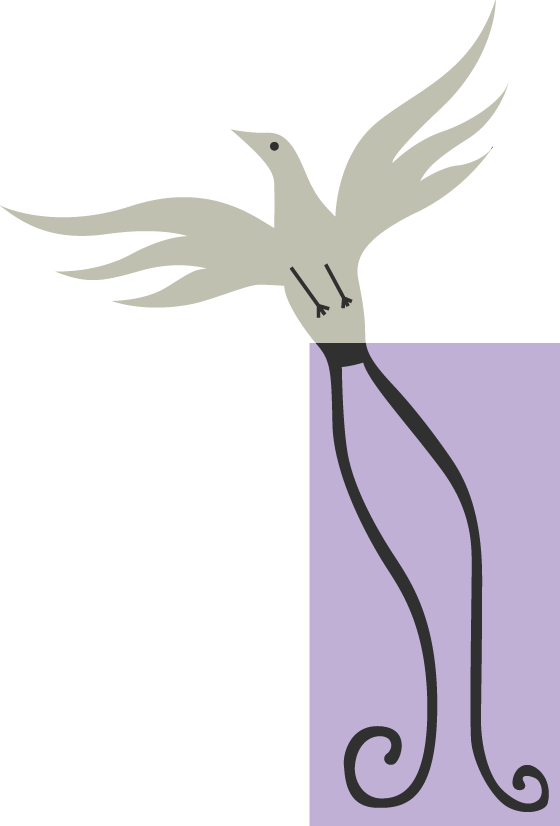Syrinx
| « Previous | Next » |
 |
|
Syrinx of a chicken (HE) photo: C. Casteleyn
The syrinx is the vocal organ in birds. It is located at the tracheal bifurcation into two primary bronchi. The syrinx of the chicken is a tracheobronchial type. The cranial part of it, the tympanum, forms a cartilage cylinder of complete, fused cartilaginous rings of which the most posterior can become ossified. The next tracheal rings (cartilagines tracheales syringes) are also complete. Dorsally, these rings bend over to join with the pessulus. The pessulus is a dorsoventrally crossing, triangular shaped bar at the end of the tracheal part of the syrinx. It is bony in fowl but can be cartilaginous in other birds. The bronchial rings (cartilagines bronchiales syringes) are incomplete at their medial side (c-shaped rings). The tracheal and bronchial rings are laterally connected with an elastic membrane, the lateral or external tympanic membrane (membrana tympaniformis lateralis). The pessulus is connected with the medial side of the first bronchial rings by an elastic medial or internal tympanic membrane (membrana tympaniformis medialis). At their cranial beginning, both primary bronchi exhibit a lateral and medial internal connective tissue pad, the lateral and medial labium respectively, who play the most important role in sound production. At the terminal part of the medial tympanic membrane, the left and right primary bronchus are connected together with an interbronchal ligament (ligamentum interbronchiale). Several muscles insert at the external surface of the syrinx to control its configuration.
